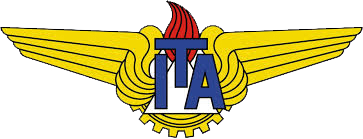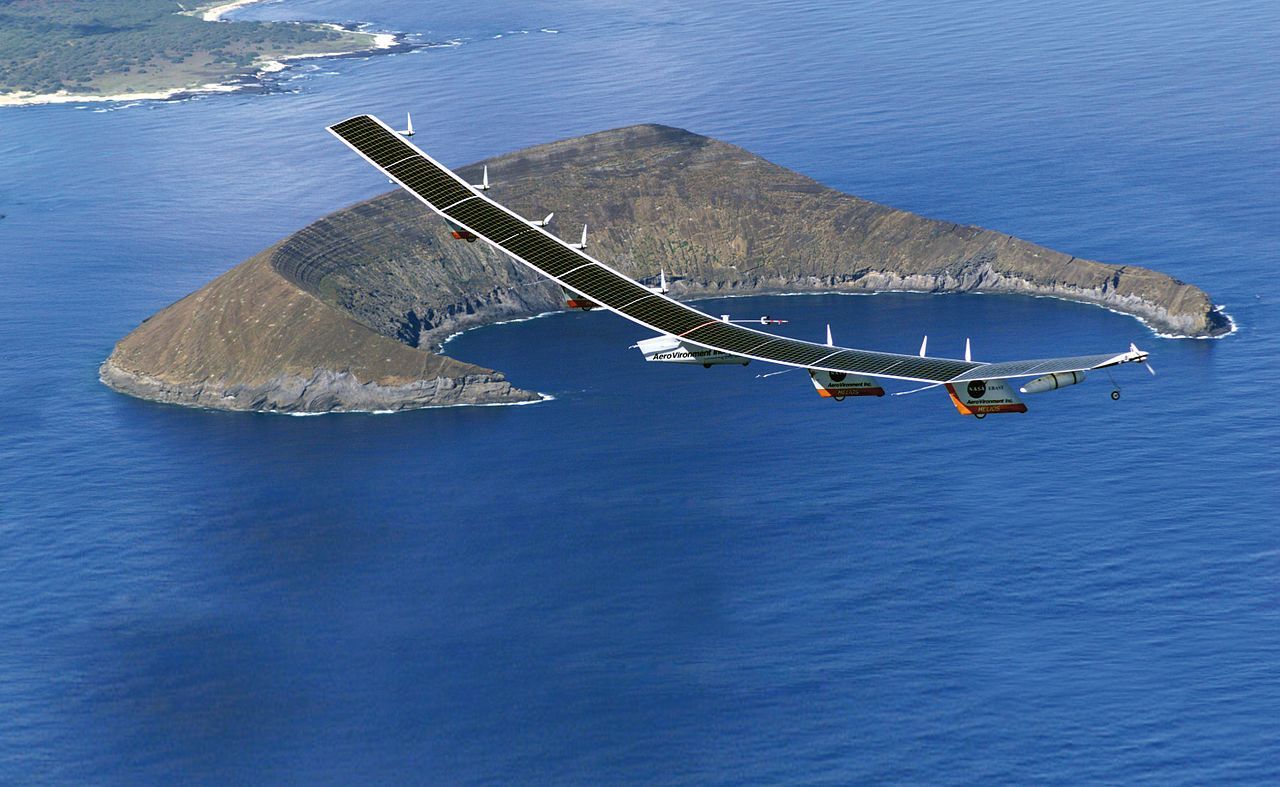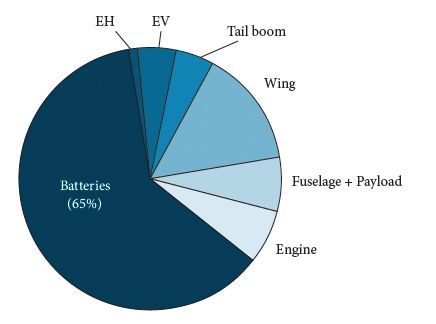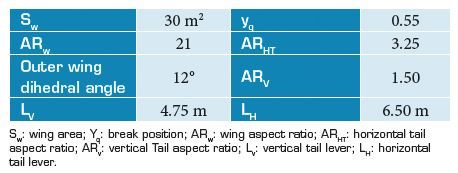Optimal Design of an Unmanned High-Altitude Solar-Powered Airplane


- Company: Instituto Tecnológico de Aeronáutica
- ESTECO Software Solution: modeFRONTIER
-
Benefits:Reach the optimal design and verify the consistency of the solutionObtain a large variety of feasible design configurations50% expansion of wing area admitted a larger solar panel and ensured higher power availability
Optimal Design of an Unmanned High-Altitude Solar-Powered Airplane
In recent years the development of High Altitude/ Long Endurance (HALE) solar-powered unmanned aerial vehicles (UAVs) has been gaining importance. Such aircrafts could serve as “pseudo satellites”, with the advantages of being closer to the ground, more flexible and less expensive when compared to common satellites. Using a combination of a solar array and batteries and without requiring sophisticated assisted take-off systems these UAVs could potentially cover a 1,000 km diameter area and process about 425,000 cell phone conversations while sustaining long endurance flights.
"modeFRONTIER enabled us to obtain very interesting designs with relatively short simulation times."
Challenge
Stability and control are critical issues in any aircraft design, more so in this case particular care was paid to this problem especially considering that the airplane flies at altitudes of up to 17km. Another concern is how to identify the best setup of battery packs and power system in order to comply with aircraft standards and regulations. The researchers of the Brazilian Instituto Tecnológico de Aeronáutica worked on the enhancement of a light-weight solar-powered UAV model, featuring a rectangular wing with a conventional tail connected to the wing by means of a boom and two engines located on the inner wing. The baseline airplane gross weight was 30.1 kg and the battery fraction, impacting the overall weight, was very high. With this in mind, the researchers sought the best configuration of selected parameters - geometry, aerodynamics, structures, stability, weight and systems. The multi-objective optimization was concerned with
maximizing the available electrical power while reducing the gross weight of the airplane configuration.

Weight breakdown of the optimal airplane
Solution
The multi-disciplinary workflow built with modeFRONTIER took into account the stability constraints and the area of solar panels, which could not exceed the dedicated portion of the wing. The objective of the optimization was to minimize weight and maximize the power surplus. The wing area range could vary between 30 and 60 m2, and after 40 generations with 30 individuals each, the MOGA-II algorithm returned a group of feasible designs. The best configuration featured a 50% expansion in wing area, admitting a larger solar panel resulting in a considerably higher power availability with a slight increase in aircraft weight.

Benefits
The choice of modeFRONTIER as the multi-objective optimization tool provided researchers with a large variety of configurations in less than one day’s computation. For each design solution, engineers identified the strengths, weaknesses and typical values of the variables in order to introduce the improvements sought. “The disciplines of aerodynamics, structures, stability, weight, and systems were all considered and integrated in a modeFRONTIER workflow, capable of providing a relatively simple resizing, but highly realistic airplane”, said Bento Silva de Mattos of the Instituto Tecnológico de Aeronáutica. This case study clearly demonstrates the added value achieved by combining optimization and simulation. With only a few semi-empirical mathematical models and data obtained with the computations and the application of simple theories, it was possible to reach the optimal design and verify the consistency of the solution.

Instituto Tecnológico de AeronáuticaI is a federal government institution providing high-level education and research opportunities in the aerospace sector, in particular in connection with Aeronautical Command. Founded in 1950, ITA has a tradition in pioneering experiences in engineering-related education and it is rated one of the best academic institutions in Brazil in engineering and related fields.


